View all Standards for Georgia Performance Standards OLD 2010 - Theatre Arts
TAHSADII.1 Analyzing and constructing meaning from theatrical experiences, dramatic literature, and electronic media
a. Examines various theories of dramatic structure from Aristotle to present
b. Uses standards of literary dramatic analysis to study theatrical production
c. Constructs arguments that relate the theme/s of a theatre production to the enhancement of the human experience
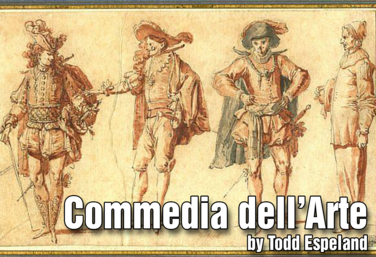
Commedia dell'Arte
by Todd Espeland

The Autobiographical Monologue
by Gai Jones
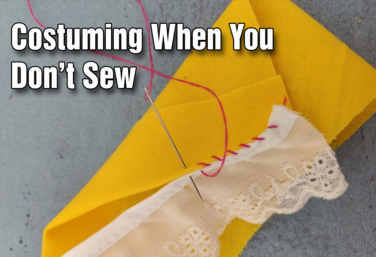
Tech Theatre Unit: Costuming When You Don't Sew
by Drama Teacher Academy

Friendly Shakespeare
by Todd Espeland

Working With Monologues For Rehearsal And Development
by Gai Jones
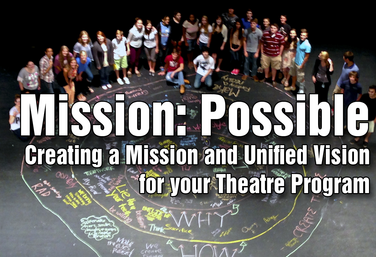
Mission Possible: Creating A Mission And Unified Vision For Your Theatre Program
by Amy Patel
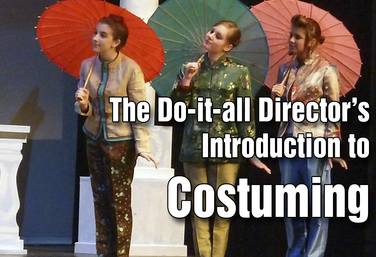
The Do-it-All Director's Introduction to Costuming
by Holly Beardsley
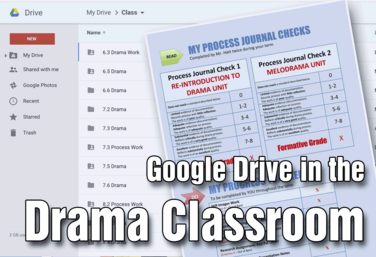
Google Drive in the Drama Classroom
by Josh Hatt

Close Reading in the Drama Classroom
by Lindsay Price
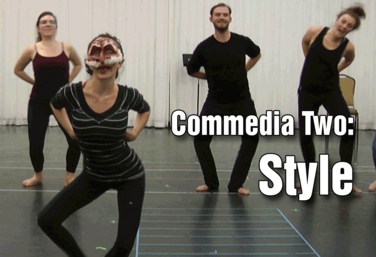
Commedia II: Style
by Todd Espeland
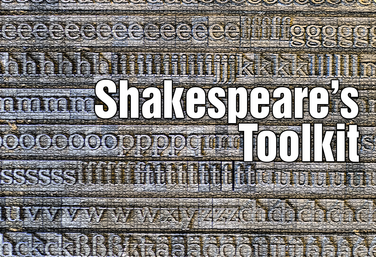.png)
Shakespeare's Toolkit
by Todd Espeland
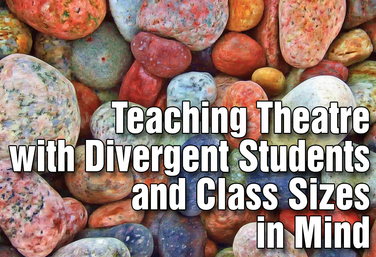
Teaching Theatre with Divergent Students and Class Sizes in Mind
by Steven Stack
View all Standards for Georgia Performance Standards OLD 2010 - Theatre Arts Standards Master List